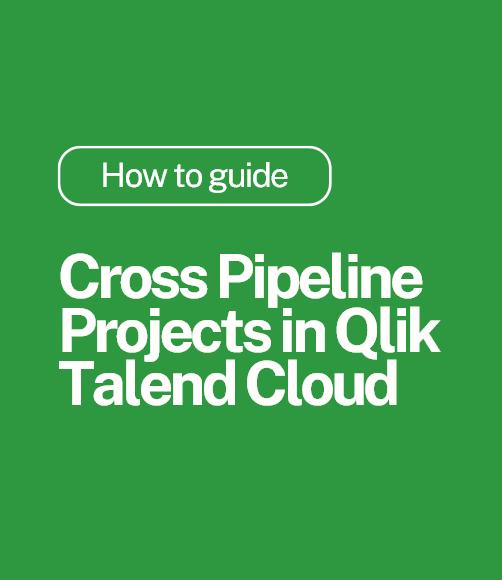Qlik’s Statement of Direction 2020 – 15 Sentences To Get You Excited
Chris Lofthouse has taken a close look at Qlik’s Statement of Direction 2020 and he’s excited by what he’s seen.
It’s a new year, a new decade and Qlik have just released their Statement of Direction for 2020 and how interesting it is to read, providing you’re a bit of a geek like me!
Here is my round-up of the top 15 sentences that should get you excited for using the Qlik Data Analytics platform in 2020 and beyond:
Qlik’s Statement of Direction 2020 – 15 Sentences To Get You Excited
Qlik Sense
1. New capabilities for customers to add business logic to our Cognitive Engine, and new sources for machine learning – including governed libraries, the analytics ecosystem and external, domain specific sources.
2. New types of augmented analysis, including key driver analysis, statistical, predictive and prescriptive insights.
3. Improvements for advanced analytics integration performance, augmented data stories and content recommendations.
4. Time-based forecasting, trend indicators in tables and sparklines.
5. Dynamic views, a new capability enabling in-memory database views for products such as Snowflake, SAP HANA and more.
6. New editing experience to allow more dynamic development actions.
7. Check-out / check-in functionality for app objects supporting team-based development.
8. New self-service reporting in Qlik Sense will support authoring, scheduling and distribution with personalised report distribution.
9. New user experience for insight management that will allow people to capture, organise, share and take action on the most relevant insights – including charts, AI-generated insights, snapshots, reports, stories and more.
10. Annotations and discussion threads, content following and social BI in our multi-cloud hub, an insight library with tasks, goals and approvals, and workflow automation through our platform.
Qlik Sense Mobile
11. Automatic downloads of updated offline apps
Qlik NPrinting
12. Integrate report distribution capabilities directly into Qlik Sense.
QlikView
13. Common scheduling with Qlik Sense
Qlik Insight Bot
14. Integrate Qlik Insight Bot with the Qlik Cognitive Engine, allowing for enhanced natural language capabilities surfaced in visual and conversational user experiences.
Qlik Connectors
15. For cloud editions, we plan to add SAP connectivity and support connection sharing and access control, file upload management and customer supplied connectivity.
If you wish to read Qlik’s Statement of Direction 2020, you can read the full document here.
Qlik’s Statement of Direction 2020 – A Summary
The key messaging I see here is ‘integration’, something you could argue Qlik hasn’t prioritised enough to date.
Through Qlik’s acquisitions (which have all been great additions to the platform, the most recent being this week with RoxAI and their Ping intelligent alerting solution), Qlik has created a piecemeal platform that lacks true integration. So, in addition to Qlik’s ambition of pushing advanced analytics capabilities and the plethora of other planned additions, it’s great to see a focus on finally integrating these all-together and combining the technologies – whether that be a common scheduling user interface between QlikView, Qlik Sense and Qlik NPrinting, and reducing the development/administrative overhead, or creating synergies by blending Qlik’s Cognitive engine with the Qlik Insight Bot that propels Qlik’s offering even further ahead of the competition.
By Chris Lofthouse
Follow @clofthouse89




.png)
Comments